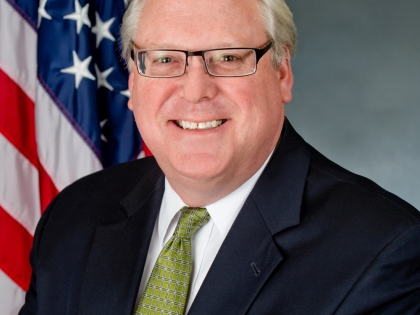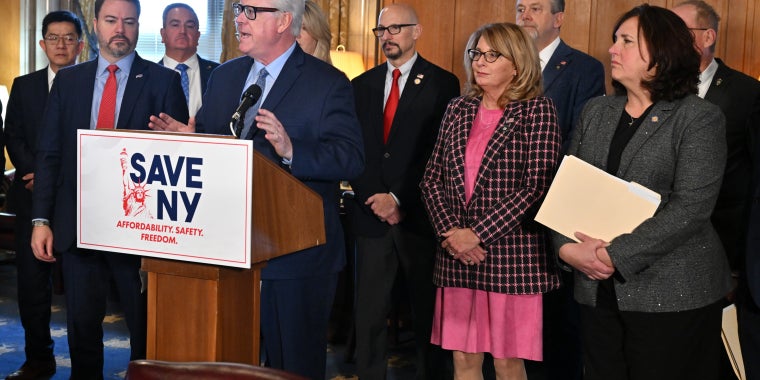
Region's legislators issue reminder on funding to address harmful algal blooms (HABs)
June 29, 2018
-
ISSUE:
- Harmful Algal Bloom

Elmira, N.Y., June 29—State Senators Tom O’Mara (R,C,I-Big Flats) and Pamela Helming (R,C,I-Canandaigua), Assembly Minority Leader Brian Kolb (R,C,I,Ref-Canandaigua) and Assemblyman Phil Palmesano (R,C,I-Corning) today reminded Southern Tier and Finger Lakes municipalities, soil and water conservation districts, and not-for-profit organizations that they are eligible to apply for state grant funding to help combat Harmful Algal Blooms (HABs) on impacted lakes and other waterbodies.
In a joint statement, the legislators said, “We want to ensure that Finger Lakes and Southern Tier communities are aware that while their impacted lakes and waterways may not be on the Cuomo administration’s priority list, funding is still available to assist any waterbodies impacted by HABs. We worked to ensure that this funding was included in this year’s state budget and available on a statewide basis to combat harmful algal blooms threatening drinking water sources, upstate tourism economies and the recreational use of lakes and other waterways.”
Following a series of four regional HAB summits in February and March, the Cuomo administration recently unveiled action plans to combat the dangerous blooms in the following 12 priority lakes statewide: Conesus Lake; Honeoye Lake; Chautauqua Lake; Owasco Lake; Skaneateles Lake; Cayuga Lake; Lake Champlain at Port Henry; New York portion of Lake Champlain at Isle La Motte watershed; Lake George; Lake Carmel; Palmer Lake; and Putnam Lake.
In January, O’Mara, who chairs the Senate Environmental Conservation Committee, Helming, Kolb and Palmesano wrote to Cuomo urging him to include Canandaigua, Keuka and Seneca lakes on the priority list, citing their overriding importance to the culture and economy of the Finger Lakes region. While their request has gone unheeded, the local legislators are stressing that the 2018-2019 state budget included approximately $60 million in grant funding to support implementation projects for the priority lakes, as well as other waterbodies impacted by HABs.
More detailed information on applying for funding can be found on the following state Department of Environmental Conservation (DEC) web page, CLICK HERE.
Funding is available through nine separate programs for municipalities, soil and water conservation districts, and not-for-profit organizations.
The action plans for the 12 priority lakes are intended to serve as “living documents” that will be constantly reassessed and serve to identify the strategies – wastewater treatment upgrades, sewer expansions, septic system upgrades and replacements, streambank erosion prevention, storm water best management practices, agricultural nutrient reduction measures and others – proving most effective at combating and preventing HABs.
The public is being encouraged to submit comments and ideas to DOWInformation@dec.ny.gov to assist with the ongoing assessment of HABs prevention and treatment.
The DEC website provides comprehensive and detailed information on the state’s overall strategy to address HABs, including the recently released action plans, identifying and reporting HABs, and other educational and informational resources. CLICK HERE.
Share this Article or Press Release
Newsroom
Go to Newsroom


